spacecraft
Latest
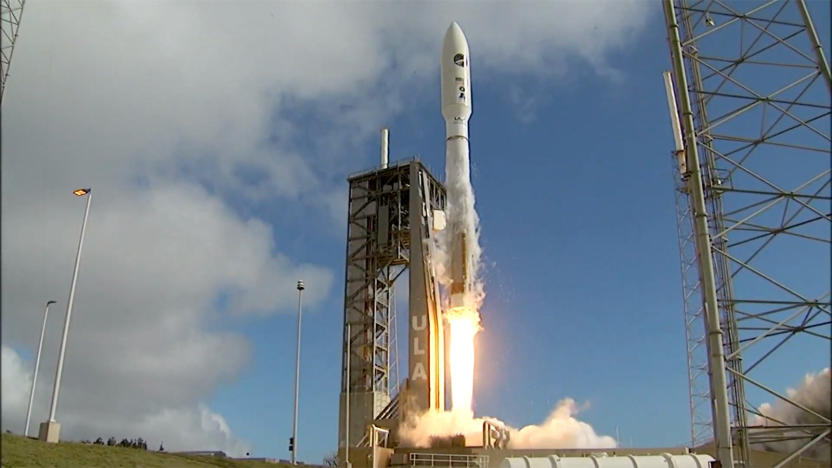
X-37B space plane launches on its most ambitious mission to date
The X-37B space plane has launched carrying its most experiments ever -- and an endurance record to challenge.
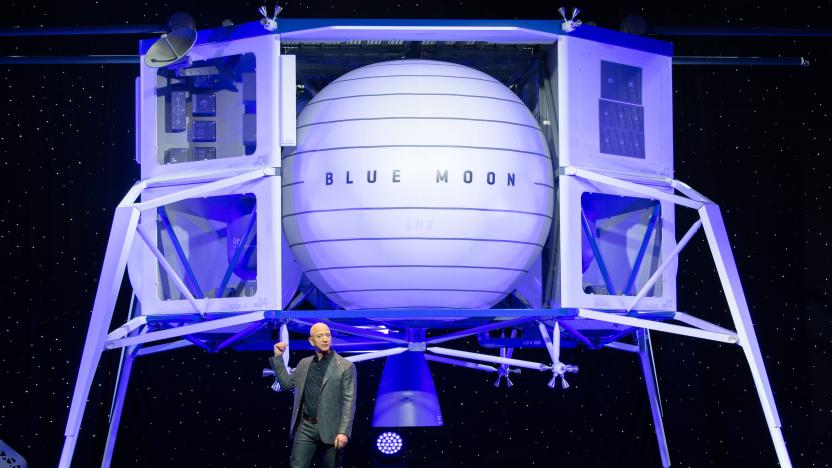
Blue Origin and SpaceX win contracts to develop NASA's Moon spacecraft
Blue Origin and SpaceX are two of three companies that won NASA contracts for spacecraft key to the Artemis Moon mission.
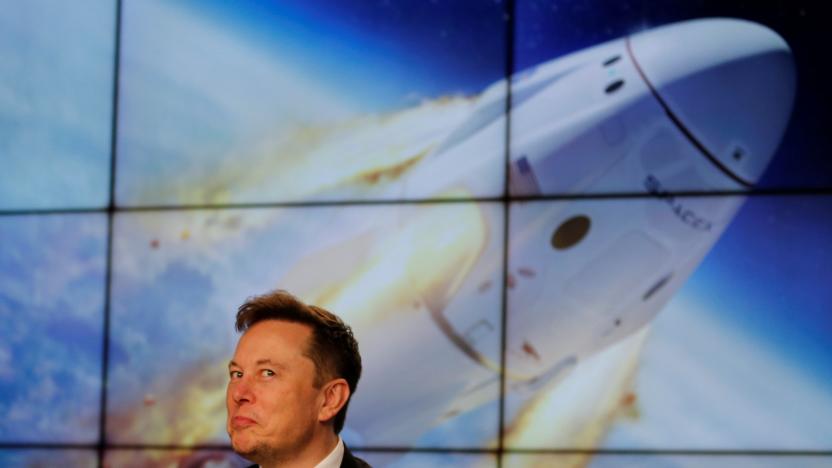
NASA and SpaceX's first crewed flight is set for May 27th
Today, NASA announced that its crewed SpaceX flight will launch on May 27th, The Washington Post reports. The flight will mark the first astronaut launch from US soil since 2011, and it will be the first SpaceX flight carrying passengers, not just cargo.
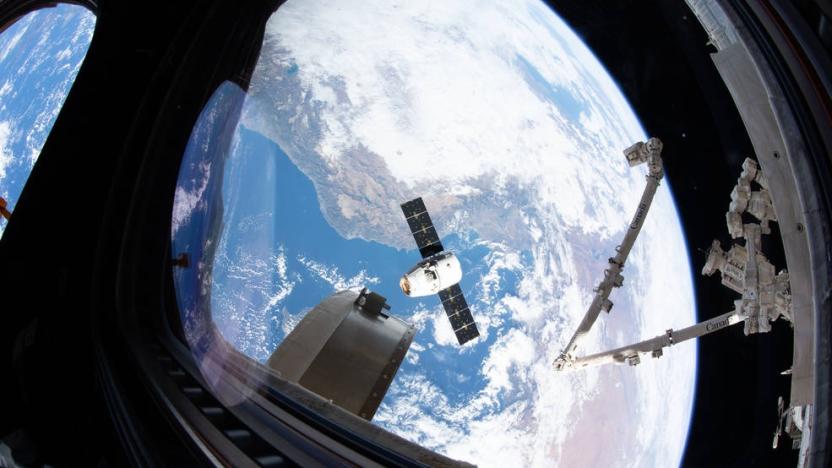
SpaceX’s first-gen Dragon cargo capsule left the ISS for the last time
This morning, a first-generation SpaceX Dragon cargo capsule left the International Space Station (ISS).
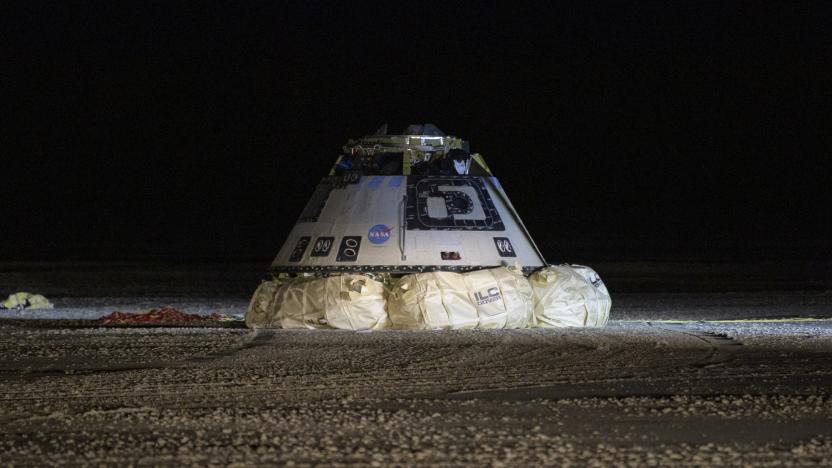
NASA wants to review Boeing’s Starliner work after setbacks
Boeing just can't catch a break. Currently amid a lengthy controversy surrounding the company's grounded 737 Max aircraft, the aerospace manufacturer is now facing scrutiny from NASA. Boeing's CST-100 Starliner crew capsule was supposed to dock with the International Space Station during its inaugural test flight in December. However, a software error prevented the craft from reaching the correct orbit. Now, a second -- and more dangerous -- glitch has been uncovered. According to SpaceNews, NASA Aerospace Safety Advisory Panel member Paul Hill said, "...if it had gone uncorrected, it would have led to erroneous thruster firings and uncontrolled motion...with the potential for a catastrophic spacecraft failure," during a teleconference. Boeing and NASA were hoping to follow up December's test with a manned flight, but after finding multiple problems with Boeing's work, the space agency is calling for a review of the company's software verification processes before proceeding.
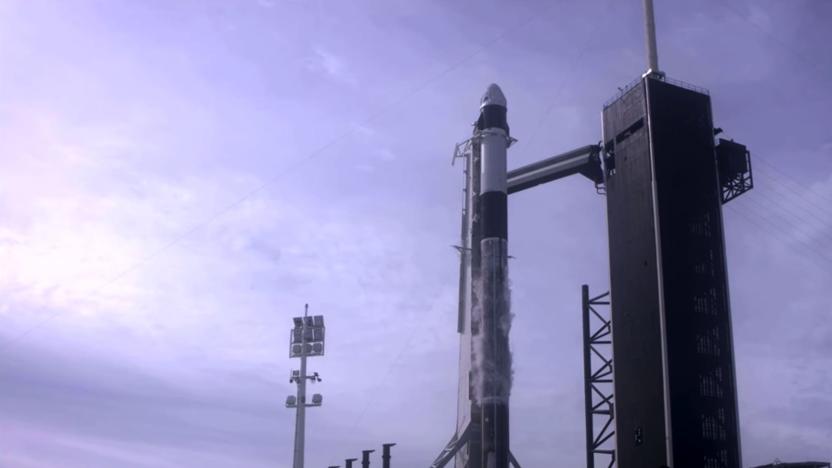
SpaceX successfully completes Crew Dragon launch escape test
SpaceX just completed a major milestone in its quest to carry humans to orbit. The private spaceflight firm has successfully conducted an in-flight test of Crew Dragon's launch escape system, with the capsule jettisoning itself from the Falcon 9 rocket and splashing down in the Atlantic soon afterward. As expected, the host rocket broke apart shortly after the escape due to the sudden change in aerodynamics and pressure.
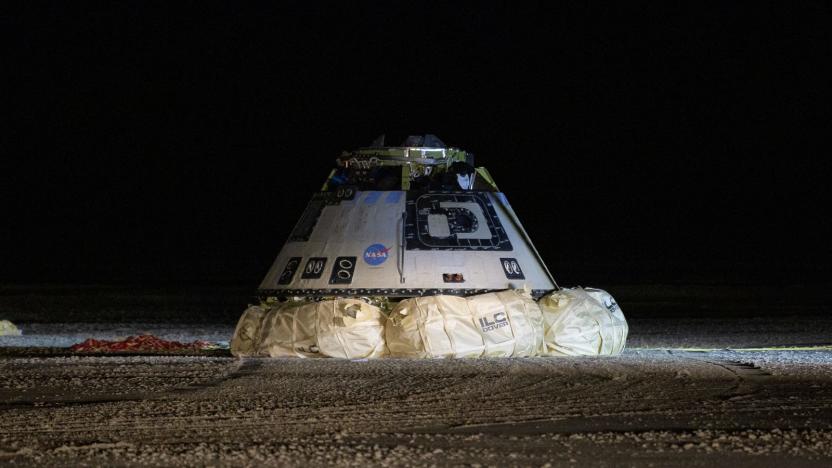
Boeing Starliner is the first US-made crew capsule to land on the ground
The inaugural Starliner test flight didn't go according to plan, but it still made a little bit of history. Boeing's spacecraft landed safely at New Mexico's White Sands Missile Range at 7:58AM Eastern, making it the first US-made, crew-ready capsule to touch down on solid ground. Previous capsules from the Mercury, Gemini and Apollo programs all landed in the sea. This capsule didn't have any humans aboard (the test dummy Rosie doesn't count), but this is still a watershed moment.
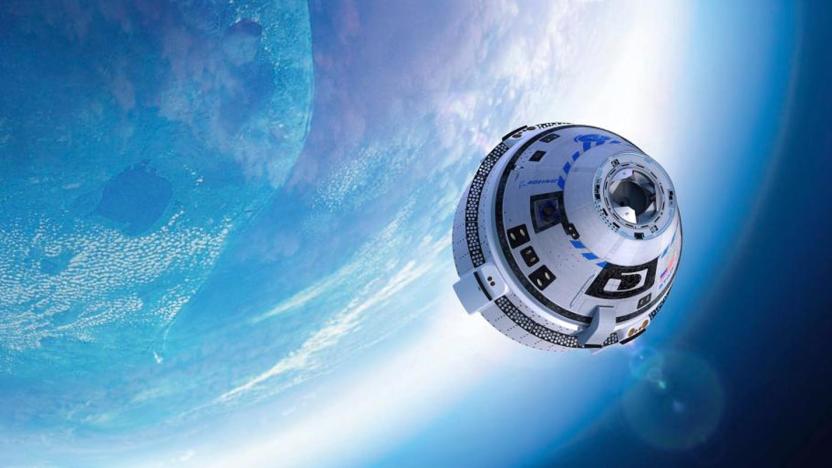
Watch Boeing's Starliner attempt a landing starting at 6:45AM ET
Boeing's Starliner fell short of the main goal for its inaugural test flight, but the company and NASA are hoping to end the mission on a better note. They've committed to a landing attempt for the (currently uncrewed) capsule on December 22nd, with coverage starting on NASA TV (below) at 6:45AM Eastern. The deorbit burn is due to start at 7:23AM, while touchdown will take place at 7:57AM if all goes according to plan.

SpaceX completes crucial tests of its Crew Dragon parachutes
SpaceX has demonstrated that its latest Mark 3 Crew Dragon parachutes will work even if things don't go quite to plan. On Twitter, the company showed off a short video clip of a payload landing with only three of four parachutes deployed, and said it has successfully tested the system 13 times in a row.
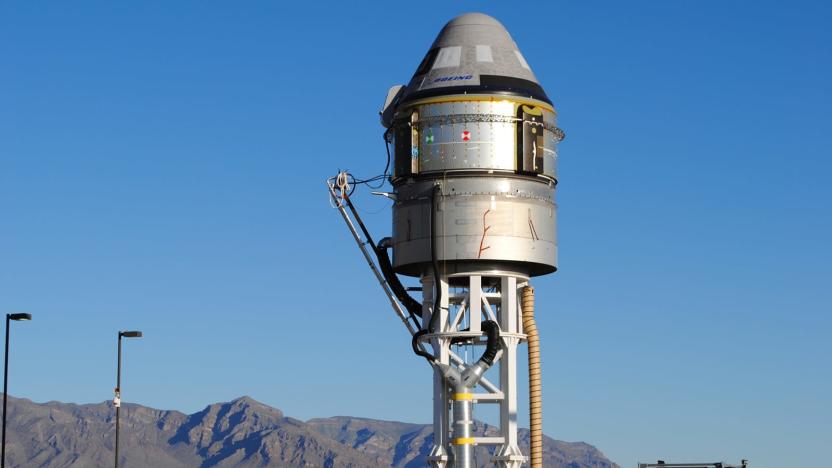
Watch Boeing's Starliner capsule launch abort test at 9AM ET
Boeing's CST-100 Starliner capsule is about to take a step closer toward taking people to orbit, and you can watch this step unfold first-hand. NASA and Boeing are streaming live coverage of the Starliner's pad abort test on November 4th at 9AM Eastern. Like similar tests, the New Mexico dry run will verify whether the vessel can safely jettison itself (and importantly, astronauts) away from its host rocket if there's an emergency before liftoff. The four launch abort engines and control thrusters will lift the spacecraft roughly a mile above the ground and a mile north of the test platform.
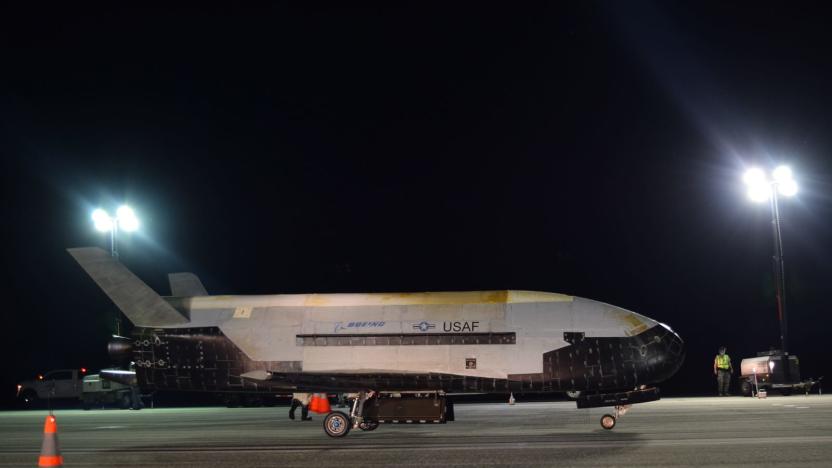
Air Force's X-37B space plane lands after record 780 days in orbit
There was no doubt that the US Air Force's X-37B was going to break its own record for time spent in orbit, but it's now clear by how much. The mysterious Boeing-made space plane has landed at Kennedy Space Center after 780 days in orbit, comfortably surpassing the earlier record of 717 days, 20 hours and 42 minutes. That's more than three times the 240 days originally expected from the reusable vehicle, which just finished its fifth mission.
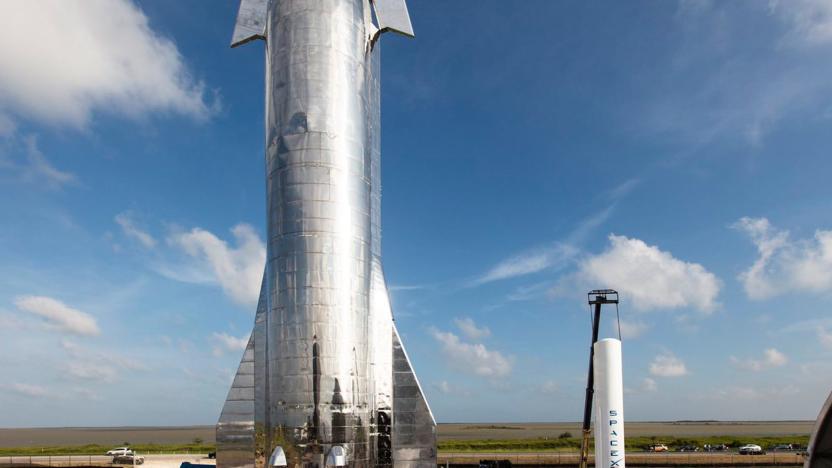
Elon Musk hopes SpaceX's Starship will reach orbit in six months
Elon Musk's ambitious plans for Starship extend to the timeline for its first flights. As part of a Q&A session at SpaceX's presentation, Musk outlined plans for rapid prototyping that could get the vessel into space in a short time frame. Starship Mk1 (above) at Boca Chica, Texas should have a suborbital test flight within one to two months, the executive said. After that, a competing team in Cape Canaveral, Florida will conduct a similar test with a Mk2 ship as soon as November. Mk3 will start construction in October with aims to fly in December, while the competing Mk4 could come in January. If all goes well, either Mk3 or an eventual Mk5 would fly an orbital test within six months -- no small achievement when Starhopper only flew in August.
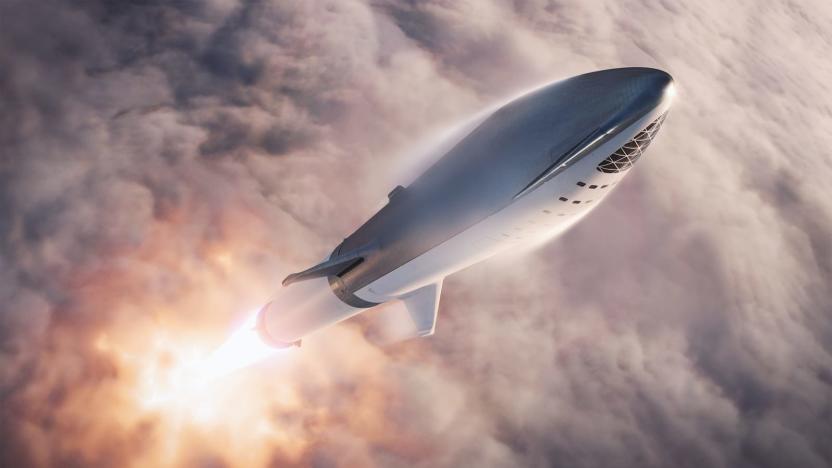
SpaceX confirms it's almost ready to test its orbital Starship
SpaceX isn't wasting much time now that Starhopper has completed its hover test. The company has filed an FCC communication permissions request that, as Elon Musk confirmed, prepares for test-flying the "orbit-class" Starship. The vehicle will fly much higher than its stubby predecessor, reaching an altitude of 12.5 miles before it comes back to the same landing pad used during earlier tests. It's not a true orbital test, then, but it's clearly much closer to SpaceX's goals.
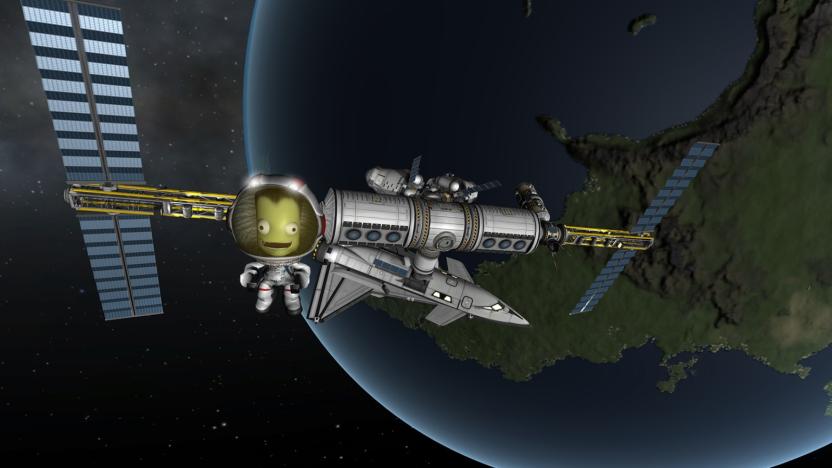
‘Kerbal Space Program’ gets an interstellar flight sequel
It's been four years since Kerbal Space Program (KSP) -- the spacecraft building and flight simulation game -- officially launched. While Elon Musk once called the title "awesome" and joked that SpaceX used KSP for testing software, it was due for a refresh. Today, Private Division announced that Kerbal Space Program 2 (KSP2) will arrive in 2020. As part of the reveal, it released cinematic trailer and a (dramatic) developer story.

LightSail 2 successfully demonstrates solar sailing
LightSail 2 is faring much better than its ill-fated predecessor. The Planetary Society has verified that LightSail 2 successfully raised its orbit using solar sailing, making it the first small spacecraft to demonstrate the concept (though Japan's IKAROS was the first of any kind to fly). The team is now focused on raising the solar sailer's orbit for about a month's time as it continues to improve sail control through software updates and new techniques.
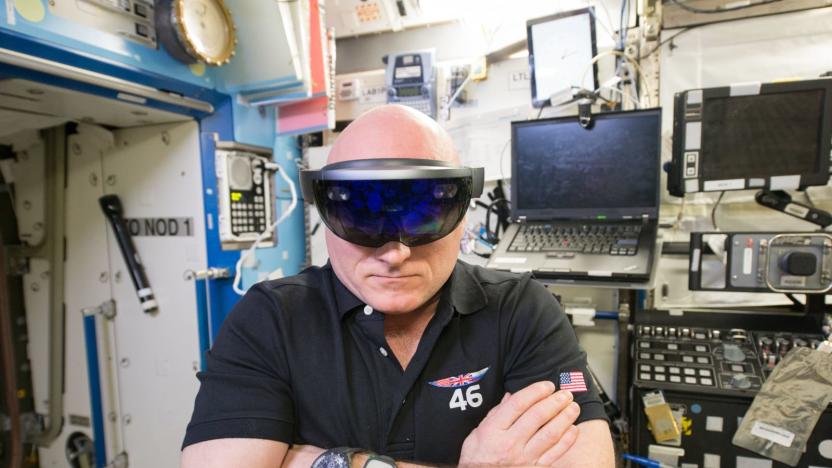
How HoloLens is helping advance the science of spaceflight
AR headsets haven't exactly caught on with the general public -- especially after the Google Glass debacle. Mixed reality technology has garnered a sizable amount of interest in a variety of professional industries, though, from medicine and education to design and engineering. Since 2015, the technology has even made its way into aerospace where NASA and its partners have leveraged Microsoft's HoloLens platform to revolutionize how spacecraft are constructed and astronauts perform their duties while in orbit.
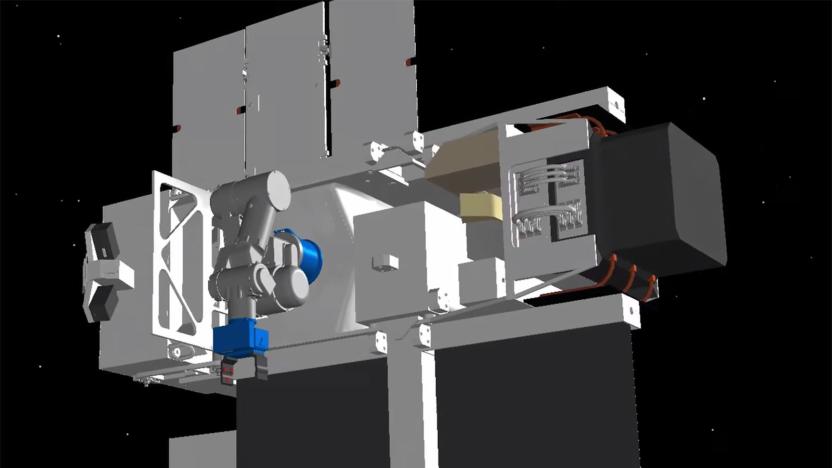
NASA backs demo that will 3D-print spacecraft parts in orbit
NASA is expanding its efforts to bring 3D printing to space. The agency has given Made In Space a $73.3 million contract to demonstrate the ability to 3D-print spacecraft parts in orbit using Archinaut One (shown above), a robotic manufacturing ship due to launch in 2022 or later. The vessel will fly aboard a Rocket Lab Electron rocket and 3D-print two 32-foot beams on each side, with each unfurling two solar arrays. The completed arrays could produce up to five times more power than the solar panels you normally find on spacecraft this size, NASA said.
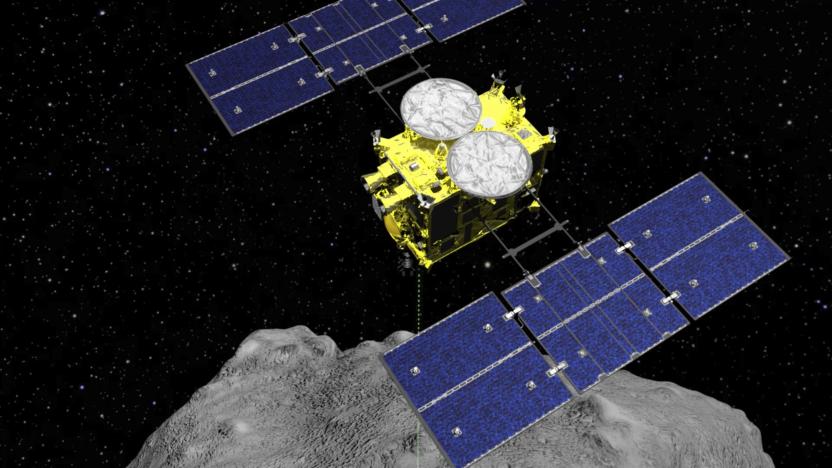
Japan's Hayabusa2 probe successfully landed on an asteroid, again (updated)
Back in February, Japan's second asteroid-exploring spacecraft touched down on the asteroid Ryugu to collect samples that it will bring back to Earth. Tonight, Hayabusa2 is making its final sample collection attempt, where it will try to collect material that was exposed by a crater it created with explosives back in April. It will once again try to quickly land, fire a tantalum bullet into the asteroid's surface and grab some of the dust that gets kicked up -- all in about one second. Assuming all goes well, the plan is to eventually deploy the Minerva II2 rover, and then begin its year-long journey back to Earth around November or December.
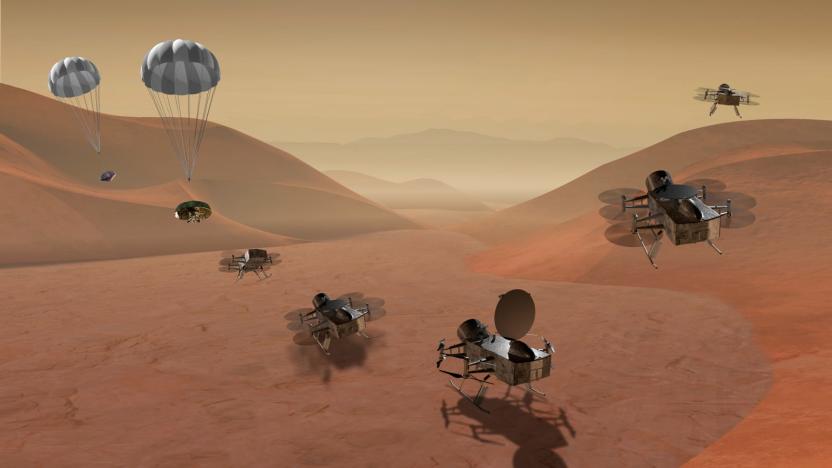
NASA's Dragonfly mission is sending an eight-rotor drone to Titan
NASA announced today its next big mission to explore our Solar System. The agency has greenlit a mission called Dragonfly that will send a spacecraft to the surface of Titan, Saturn's largest moon. Dragonfly, the latest of NASA's New Frontiers program, was selected because of Titan's unique makeup, which makes its one of the more promising candidates for discovering signs of microbial life.

European astronauts plan to take pics of a comet from the dawn of time
The European Space Agency (ESA) hopes to photograph a yet-to-be-discovered comet as it approaches Earth's orbit for the first time. To do so, it's developing "Comet Interceptor," a composite made of three individual spacecraft, which will separate to snap photos of the comet from multiple perspectives. The photos will be used to create a 3D model, and ESA hopes to spot material from the dawn of the Solar System.






